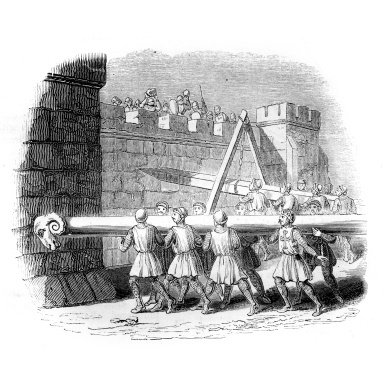Modelling: not just for big boys?
Years ago, when I worked in PR, I used to visit a telecoms company every few weeks, with a colleague. (PR agency people always seem to travel to clients in pairs – I have never understood why.) The visits were usually to be briefed on a new product or a new release, and the briefings were conducted by engineers. On the way, we used to make small bets on how long it would be before the briefing engineer got up and started using the white-board: it was rarely more than five minutes into the meeting. Now, when on the … Read More → "Modelling: not just for big boys?"













